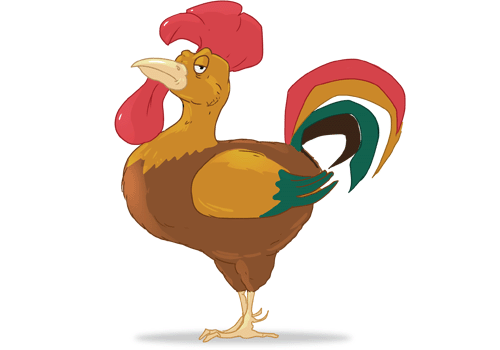Estonian
Eesti keel
Eesti keel
About 1,29 million
Estonia, EU
Sweden, Finland, Latvia, Germany, Canada, USA, Russia, Australia, Argentina, Brazil, UK, Denmark


The Estonian language began to form in the XII—XIII centuries as a result of mixing of two or three languages, which separated from other Baltic-Finnic dialects in the beginning of the common era. German as well as the Slavic and Baltic languages also influenced the development of Estonian.
Two dialect groups, differing substantially from each other:
Estonian words are usually stressed on the first syllable (though there are exceptions so that aitäh 'thank you', sõbranna 'girlfriend' and some interjections: ahah, ohoh are stressed on the second syllable). Older borrowed words also are stressed on the first syllable, e.g. miljonär, apelsin, pensionär, while more recently borrowed words are stressed as they are in the source language, like büroo, psühholoogia, kompuuter.
Vowels are pronounced distinctly with no reduction. Consonants and vowels have three levels of length: koli (short “о” – “move in”), kooli (middle-long “о”, “school’s”, genitive), kooli (long “о”, “to the school”).
Consonants are divided according to whether they are strong or weak and not to whether they are voiced or voiceless. The consonants g, b, d, d’, for example, are not voiced but weak, with slight articulatory occlusion, that’s why acoustically they sound more like k, p, t, t’. Estonian k, p, t, t’ are pronounced with longer obstruction. Consonants do not become voiceless at the end of words. Strong and weak plosives at the beginning of words are not pronounced differently so, for example, words baas (“base”) and paas (“limestone”) are pronounced the same. The sound f appears only in borrowed words: film, faktor.
Pronunciation in most cases is clear from the spelling.
Estonian is an agglutinative-inflectional language. Grammatical forms are constructed by grammatical indicators and endings are attached to the stem of a word (for example: pl. adessive lauda+de+l (stem + plural number indicator + case ending) “on tables”; phonetic word changes take place (lugema “to read” – loen “I read”). Words can be comprised of large quantities of morphemes.
Estonian does not have articles or grammatical gender. There is a marker for feminine gender indicator for those words referring to females, for example: tanárnő (“female teacher”), titkárnő (“female secretary”).
Estonian has 14 cases. The case endings are based on a shift of the so called strong and weak degrees and, as a result, a word may undergo very substantial changes: tuba (“room”, nominative) - toa (“room’s”, genitive).
Personal pronouns have two forms, short (unstressed) and full (stressed).
Estonian verbs don’t express the category of aspect. There are two grammatical tenses, present and past (simple or imperfect, perfect and pluperfect). Future time is expressed either with the present tense form or analytical forms together with the verb hakkama “to begin” (or saama “to be able”):
Estonian language has 4 moods:
It’s possible to make 4 participles out of a verb – active and passive in present and past tenses – and also one gerund: looma (“create”): loov (“creating”, active present tense participle), loodav (“being created”, passive present tense participle), loonud (“having been creating”, active past tense participle), loodud (“having been created”, passive past tense participle).
Estonian has lots of words, composed of two, three, four or more components:










